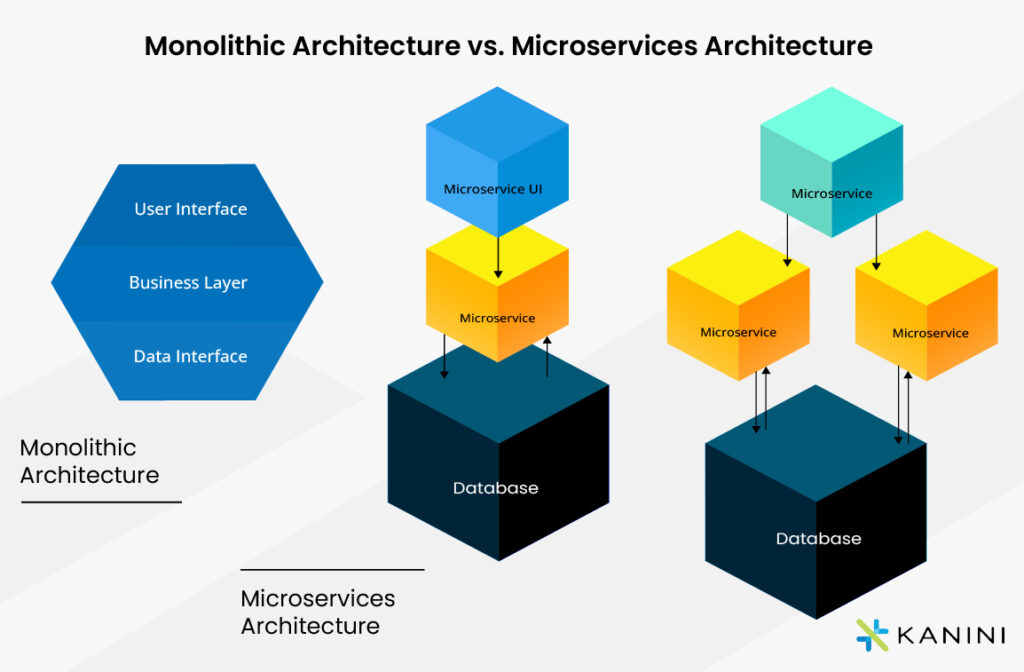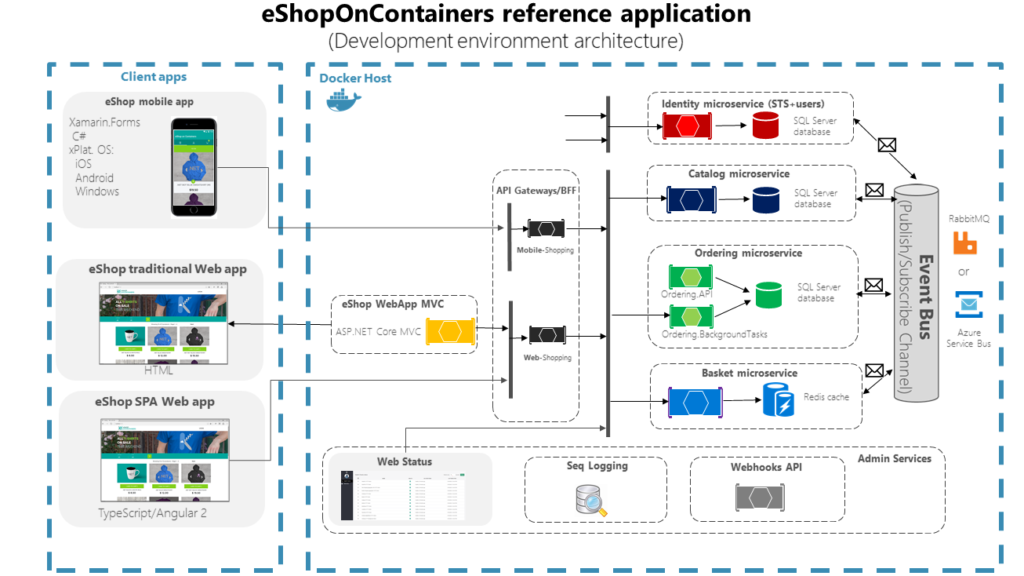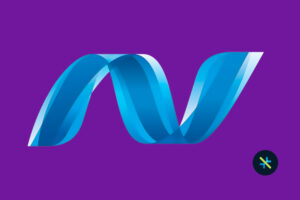Microservices architecture is continuing to gain rapid popularity in the current fast-paced software industry. It has become the go-to software development model for many organizations, thanks to the flexibility and scalability this architectural style brings to the table. In contrast to traditional monolithic architectures, microservices architecture offers a host of other advantages to developers. However, it comes with some challenges too. In this blog post, we’ll discuss the microservices architecture in more detail, and its potential in developing enterprise applications through some real-world examples to understand the future direction for software architectures.
Monolithic vs. Microservices Architecture - A Comparison
On the other hand, in the microservices approach, each service is a self-contained unit that can be independently deployed and scaled. Applications are built as a collection of small, independent services that communicate with each other using well-defined APIs. The smaller, simpler parts of the applications can be managed and changed more easily, and it allows greater flexibility for the developers – one of the biggest advantages of the microservices style. Here’s how Monolithic vs. Microservices Architecture looks like:

How Developers Can Benefit from Microservices and Some Downsides
Pros and Cons of Adopting Microservices Architecture
| Pros | Cons |
|---|---|
| Compared to an SOA or layered architecture, the microservices style provides greater flexibility and scalability by decoupling monolithic services into smaller, more manageable units. | Deploying and monitoring these individual service systems can get quite complex and translate to additional resources and costs. |
| Providing each component with a single responsibility and complete autonomy, combined with the power of container technologies, can greatly improve scalability, resilience, and maintainability. | Scaling individual services may lead to data-related issues. Ensuring consistency across the system can be difficult inter-service and inter-communication can become a challenge unless the organization can support an efficient system of communication between teams. |
| Microservices architecture is particularly advantageous in scenarios that require businesses to rapidly deploy products, such as when responding quickly to customer requirements or external pressures. | Often, this rapid development may lack the required levels of quality checks and testing, and the system may experience snags making the overall process more complex. An organization’s technical considerations should include carrying out a thorough analysis of performance metrics before making any final decisions. |
| Running each service on its own cloud instance, developers can take advantage of features such as automated provisioning and scaling to ensure high-performance levels. | The advantages of the cloud come with associated costs. |
- Core Components of Microservices
- A container platform that allows services to be deployed,
- An API gateway that handles the traffic coming into the system,
- A service registry that stores the metadata of each individual service and helps route requests between services,
- And individual services that can be written in different languages or technologies depending on requirements.
- Key Software Development Approaches for Microservices

- Commonly Used Design Patterns
- Gateway Aggregator Pattern – useful for aggregating multiple microservices calls into one API call
- Circuit Breaker Pattern – helps components manage unreachable services
- Saga Pattern – allows for long-running business processes to be broken down into atomic steps and distributed across a network of services
- CQRS (Command Query Responsibility Segregation) Pattern – permits communication between write and read models to be managed separately.
- Event-driven architecture – assists in decoupling components in a system and allows them to communicate using events.
- Role of the Cloud in Microservices
Summing Up
Author









